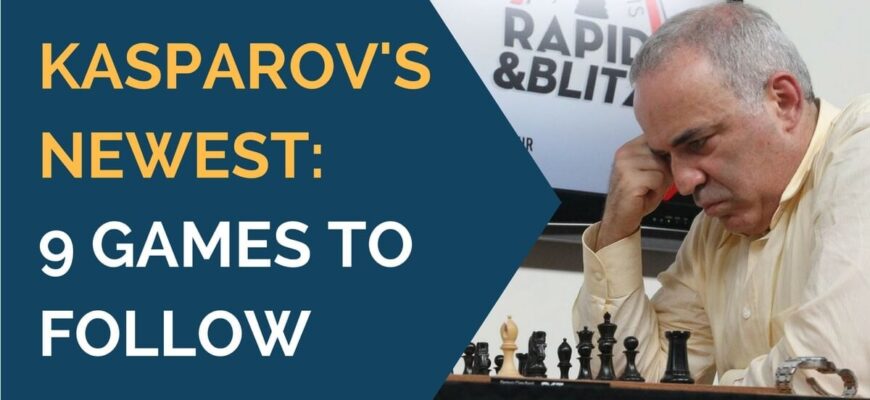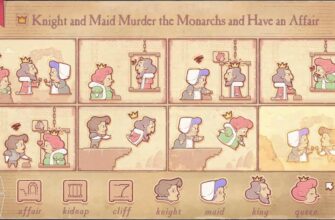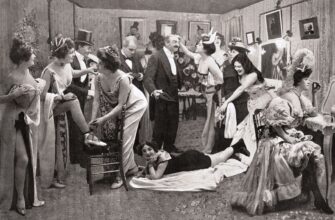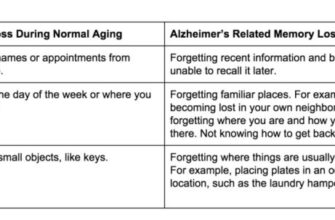In the intricate tapestry of chess, where logic battles intuition and calculation dances with creativity, few figures loom as large as Garry Kasparov. Hailed as one of the greatest, if not the greatest, chess player of all time, his games are often seen as blueprints of perfection. Yet, even the titans of the chessboard are human, susceptible to the same strategic miscalculations that plague mere mortals.
A fascinating case in point emerged from the illustrious Corus Chess Tournament in Wijk aan Zee in 2001. The game featured Kasparov, then the reigning force, against the esteemed Dutch Grandmaster Jan Timman. While Kasparov ultimately clinched the full point, a deep dive into the middlegame by Grandmaster Ivan Sokolov reveals a surprising truth: Kasparov, in a position he supposedly “loved,” committed a significant strategic error. This isn`t just a tale of a blunder, but a profound lesson in the subtle art of middlegame understanding, proving that even the most powerful engines can sometimes miss the human nuance of strategic play.
The Setting: Corus 2001 – A Clash of Titans
The Corus Chess Tournament (now Tata Steel Chess) is renowned for hosting elite players, and 2001 was no exception. Kasparov was in formidable form, eventually winning the tournament with a commanding 9/13 score. His opponent, Jan Timman, was a seasoned veteran and a formidable player in his own right, known for his elegant style and fighting spirit.
The game in question, from Round 11, unfolded from a Queen`s Indian Defense where White (Kasparov) adopted a somewhat aggressive setup. By move 26, the board presented a dynamic middlegame: Kasparov had the bishop pair and clear intentions of creating kingside pressure, while Timman, with his knight on c4, aimed to counter on the queenside and exploit any weaknesses in White`s central pawn structure.
This was precisely the kind of position Kasparov was known to thrive in – fluid, complex, offering ample scope for his unparalleled tactical vision and strategic prowess. What could possibly go wrong?

Jan Timman and Garry Kasparov a decade before their Corus 2001 encounter.
The Critical Junction: A Pawn Push Too Far
According to Ivan Sokolov`s meticulous analysis, the critical moment arrived on White`s 27th move. Kasparov, aiming to further his kingside ambitions, chose to advance his central pawn with 27. e4. While seemingly logical, Sokolov identifies this as a “crucial strategic mistake.”
A modern chess engine, with its cold, numerical efficiency, might register this as a minor shift in evaluation, perhaps a mere +0.23 to -0.30. But as Sokolov, a grandmaster renowned for his strategic insights, explains, such a move dramatically alters the nature of the position. Instead of weakening Black`s kingside with 27.h6 or regrouping his pieces for a more potent attack with 27.Bf1, Kasparov`s pawn thrust invited trades in the center, inadvertently ceding the initiative.
“What computers simply deem to be a change of +0.23 into -0.30 is described by Sokolov as a crucial strategic mistake. The decision on move 27 is the kind of decision that grandmasters analyse deeply.”
Timman, with remarkable precision, found the correct reply, accepting the pawn and simplifying the position. Suddenly, the “invincible” Kasparov found himself in an objectively inferior position. The irony, of course, is that the player who seemingly commanded the board had, for a fleeting moment, misplaced his strategic compass.
Timman`s Missed Opportunities
Having navigated the treacherous waters of Kasparov`s initial assault and even gaining an advantage, Timman, unfortunately, could not press his newfound edge. Whether it was the pressure of facing the World Champion, the looming shadow of time trouble, or simply the inherent complexity of the position, Timman`s subsequent play saw him commit a series of inaccuracies.
A key moment arrived when Timman had the opportunity for a quiet but effective move like 30…h6, which would have blunted White`s kingside ambitions and allowed Black to activate his queenside pawn majority. Instead, he played 30…Rc8, allowing Kasparov to seize back the initiative with 31.h6, complicating matters once more.
Later, Timman further erred by forcing a trade of queens with 38…Qe3+, which simplified the position into an endgame where Kasparov`s bishop pair became a decisive advantage. Had Timman played 38…Qe6, the path to victory for Kasparov would have been considerably harder.
Kasparov`s Resilience and the Final Victory
Despite his earlier misstep and a period of playing from an inferior position, Kasparov, ever the fighter, capitalized on Timman`s subsequent inaccuracies. He methodically converted his bishop-pair advantage in the endgame, demonstrating his legendary technical skill to secure the win.
This game serves as a potent reminder that chess is rarely a linear path to victory. Even for the very best, errors are part of the game. What often separates the elite from the rest is not just the ability to avoid mistakes, but the uncanny knack for recovering from them and exploiting the opponent`s slips.
The Enduring Lesson: Beyond Engine Evaluations
Ivan Sokolov`s analysis, as highlighted in his “Understanding Middlegame Strategies” series, goes far beyond the cold, hard numbers of a chess engine. He delves into the strategic rationale, the psychological factors, and the human understanding of complex positions that machines often gloss over. His insights into “favorable” and “non-favorable” trades are crucial for aspiring players. This game, where even Kasparov, in a position tailor-made for his aggressive style, miscalculated a subtle strategic turn, perfectly illustrates that profound understanding is key.
For any chess enthusiast, this game is a treasure trove of lessons: it teaches humility, the importance of deep strategic planning, and the understanding that even a seemingly small pawn push can have monumental consequences. It also celebrates the enduring human element of chess, where intuition, resilience, and the ability to adapt can often outweigh a temporary objective disadvantage.
Kasparov won the game, and the tournament, but the real victory for chess students lies in Sokolov`s dissection of this remarkable encounter – a testament to the idea that even the most brilliant minds can occasionally stray, and the true art of chess lies in recognizing, correcting, and learning from those moments.









